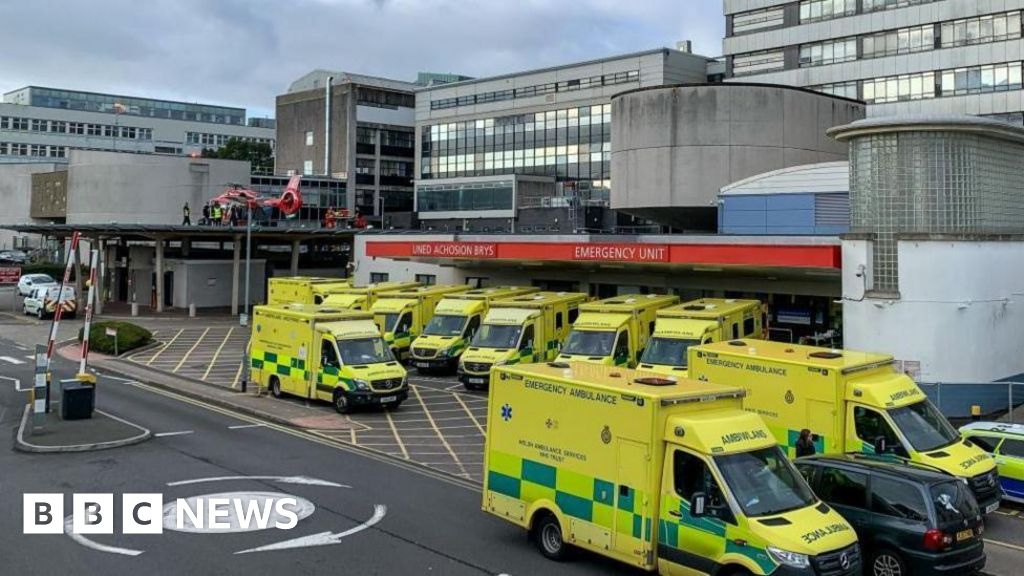 Image source, Getty Images
Image source, Getty Images
By Nick Triggle
Health correspondent
Patients in parts of England are facing an uphill struggle to see a GP, experts say, after an analysis showed wide regional variation in doctor numbers.
The Nuffield Trust think tank found Kent and Medway had the fewest GPs per person, followed by Bedfordshire, Luton and Milton Keynes.
It comes as ministers have struggled to hit the pledge to boost the GP workforce by 6,000 this Parliament.
But the government said it had plans in place to tackle shortages.
Last year, it published a 15-year workforce plan - the first time such a strategy had been developed.
Under-doctored regions
But Dr Billy Palmer, of the Nuffield Trust, said: "Solely boosting the number of staff nationally in the NHS is not enough alone - the next government should set a clear aim of reducing the uneven distribution of key staffing groups and shortfalls to tackle unfairness in access for patients."
The think-tank report found while the government had met its target to increase the number of nurses by 50,000 this Parliament, the rises had not been felt evenly, with some specialist nurse posts, such as health visitors and learning-disability nurses, seeing numbers shrink.
Dr Palmer said minimum numbers of GPs may have to be set for local areas - and better incentives to attract them to those with the fewest.
Gloucester - the area with the most GPs per person - had 45% more than the most under-doctored regions.
The areas with the fewest GPs
- Kent and Medway: 2,702 patients per GP
- Bedfordshire, Luton and Milton Keynes: 2,573
- Lincolnshire: 2,572
- Lancashire and South Cumbria: 2,520
- South East London: 2,488
Figures weighted for health and age of population
Prof Kamila Hawthorne, who chairs the Royal College of General Practitioners, said: "Without immediate action to alleviate the pressures on general practice, the future of the profession - and the care we're able to deliver to patients - is uncertain."
While the recruitment and retention of GPs has proved challenging, the government said there were still 2,800 more now than at the start of the Parliament.
And the Department of Health and Social Care said the workforce plan would lead to a rapid expansion of training places.
"We are working hard to grow the NHS workforce," a spokesman added.
 (1).png)
 9 months ago
26
9 months ago
26













